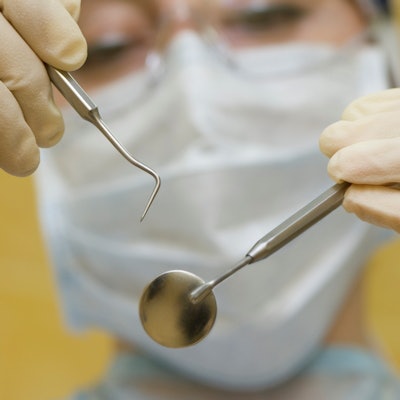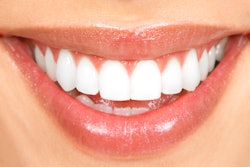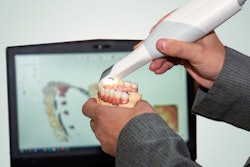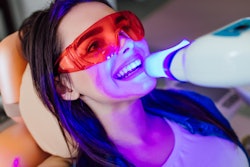
Three out of four people experience tooth wear, but unless it's severe, tooth wear may not have a big impact on patients' oral health-related quality of life (OHRQoL), according to a study of 570 adults that was published on August 23 in the Journal of Dentistry.
Tooth wear is generally asymptomatic in the early stages and often goes unnoticed by adult patients even when the condition is advanced. While three-quarters of the subjects surveyed for the study reported tooth wear, only about one-third said that it affected at least one area of their OHRQoL.
"Tooth wear is one condition that may be related to OHRQoL, but may not have a large impact on OHRQoL unless the tooth wear is severe," wrote the study authors, led by Dr. Mireille Kanaan of UCLouvain in Brussels.
While the clinical aspects of tooth wear have been broadly described in the literature, patient-reported outcomes, measures of patients' oral health status, and daily functioning and well-being have been less addressed. Researchers explored possible associations and mediators for tooth wear and low OHRQoL.
A total of 570 adult patients with complete or near-complete dentition were included in the study. All patients, who had at least one bilateral molar occlusal contact, answered a self-applied questionnaire that consisted of four domains: sociodemographics, oral care attendance, oral health conditions and lifestyle, and complaints and OHRQoL.
In the population that was studied, the prevalence of tooth wear was 75% -- a percentage that the researchers considered to be high. But only 30% of people reported that the tooth wear affected their OHRQoL "fairly often" or "very often." What's more, patients with the most severe tooth wear did not experience a lower OHRQoL.
"However, adult patients with tooth wear may complain of tooth sensitivity due to dentine/pulp proximity or exposure, functional impairment due to occlusal alterations, and deterioration of esthetic appearance as a result of discoloration and/or shortening of teeth," the authors wrote.
The risk factors associated with tooth wear and worse OHRQoL include age, tooth sensitivity, change in tooth appearance, and daily consumption of acidic beverages. The study findings indicate that patients age 55 years and older showed a lower impact on OHRQoL compared to patients ages 35 to 54. The researchers speculated that this may be due to the reduced number of patients in the younger group and that older patients may have lower expectations about the appearance of their teeth.
The cumulative consequences of tooth wear, such as tooth sensitivity and impression of changed appearance, were significant risk indicators for low OHRQoL. Patients who reported painful aching in the mouth and feeling embarrassed because of problems with their teeth or mouth were more likely to experience low OHRQoL.
Last, the consumption of acidic beverages more than once daily and those who did not receive regular oral healthcare were other risks equally associated with tooth wear and lower OHRQoL.
"The findings of this study demonstrated that although the prevalence of tooth wear was high, its severity and impact on OHRQoL of adults with complete dentition or with dentition having lost few posterior teeth were limited," Kanaan and colleagues wrote. "Distal and proximal indicators for tooth wear such as age, ever prevented from regular oral health care due to costs of care, tooth sensitivity, changed appearance of teeth and daily ingestion of acidic beverages were mediators for impaired OHRQoL."



















